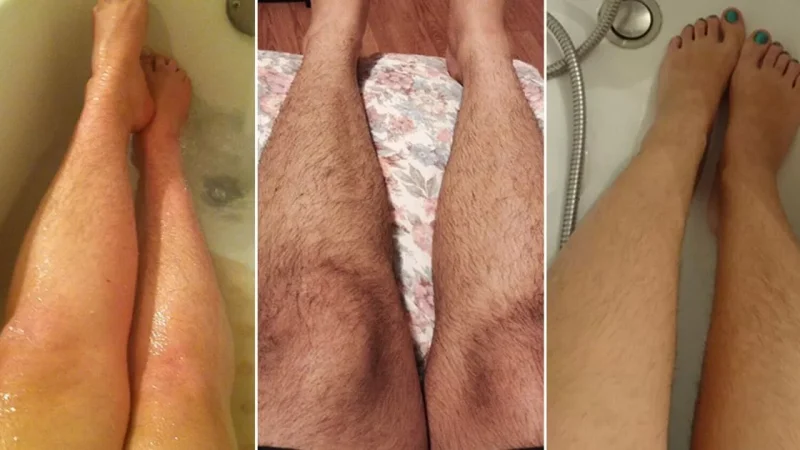In a world increasingly shaped by authenticity and body acceptance, women unshaved legs are challenging traditional beauty norms and reclaiming personal agency. While body hair removal has long been considered a beauty standard, more women are confidently choosing to embrace their natural bodies — leg hair included.
This article explores the cultural shift, the reasons behind the choice not to shave, societal reactions, and what the movement toward unshaved legs says about empowerment, feminism, and self-expression.
Why Some Women Choose Not to Shave Their Legs
The decision to let leg hair grow is deeply personal — for some it’s about comfort, for others it’s a feminist statement, and for many, it’s simply a matter of preference.
Common Reasons Women Embrace Unshaved Legs:
- Body autonomy and self-acceptance
- Avoiding skin irritation, razor burn, or ingrown hairs
- Time-saving and less maintenance
- Rejecting societal beauty standards
- Celebrating natural femininity
“I stopped shaving because I realized I was doing it for others — not for myself,” say many women joining this growing movement.
The History & Pressure of Hair Removal
Body hair removal in women is a relatively modern cultural expectation. While practices go back to ancient civilizations, leg shaving became widely popular only in the 20th century, driven by:
- Fashion trends (shorter skirts and swimsuits)
- Marketing campaigns from razor companies
- Media-driven ideals of femininity
Today, the narrative is changing, with more inclusive standards of beauty and conversations about gendered grooming norms.
Social Reactions: From Criticism to Celebration
While unshaved legs are embraced by many, they can still spark debate — especially online.
Mixed Reactions:
- Supporters praise it as brave, authentic, and body-positive
- Critics may label it as “unkempt” due to ingrained biases
- Influencers & celebrities like Madonna, Lourdes Leon, and Emma Corrin have helped normalize natural leg hair
Social media hashtags like #UnshavedLegs, #BodyHairIsNatural, and #NoShaveMovement continues to trend as more women share their stories and normalize the look.
Body Hair Norms Around the World
Beauty standards differ globally. In some cultures, natural body hair is completely normal, while in others, it’s less accepted. The unshaved legs movement is about recognizing that there’s no universal rule — only personal choice.
| Region | General Norm |
| Western countries | Increasing acceptance, especially among Gen Z |
| Middle East / South Asia | Often encouraged to remove body hair |
| Scandinavia / Europe | Greater tolerance for body hair differences |
| Indigenous cultures | Varies widely and often rooted in ritual or tradition |
Conclusion
The growing acceptance of women with unshaved legs is part of a larger shift toward body autonomy, self-love, and redefining beauty on your own terms. Whether you choose to shave, wax, or go natural, the most important thing is that the choice is yours — not society’s.
Beauty isn’t defined by smoothness — it’s defined by confidence, individuality, and freedom of expression.
FAQs
1. Is it okay for women to not shave their legs?
Absolutely. It’s a personal choice, and no one should feel pressured to conform to outdated beauty norms.
2. Why do people react strongly to unshaved legs?
Cultural conditioning and media influence have long equated hairlessness with femininity. Breaking that mold can trigger reactions — both positive and negative.
3. Are unshaved legs unhygienic?
No. Hygiene is not determined by hair. Unshaved legs are just as clean as shaved ones when regularly washed.
4. How can I feel confident with unshaved legs?
Confidence starts with self-acceptance. Follow like-minded individuals on social media, wear what you love, and focus on how you feel — not others’ opinions.
5. Are there brands that support unshaved beauty?
Yes. Brands like Billie, Dove, and Flamingo have featured models with visible body hair in campaigns, pushing for broader representation.
Also read: Welsh Road: History, Routes, and Scenic Drives Across Wales









